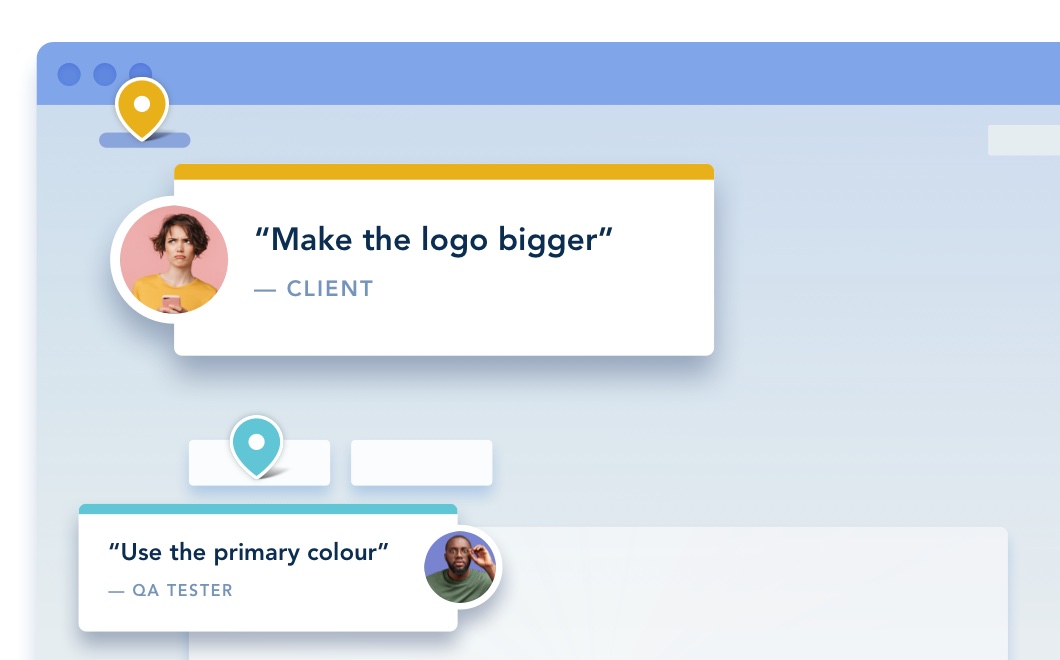Voice Search & the Internet of Things

Home hub devices are on the rise, with Microsoft estimating around 75% of households will have a smart speaker by 2020. Households are jumping on board the IOT train, led by affordable, convenient small in-home devices.
Unsurprisingly, use of voice to perform a search is increasing too. While just $2 billion was spent through voice shopping in the US and UK in 2017, OC&C estimates this will rapidly rise to $40 billion by 2022. Organisations wanting to maximise their exposure to searchers will need to understand that voice search will add another layer to their search engine optimisation (SEO) strategies - essentially another channel to consider optimising for. This is not a zero-sum game. With only one result being read out by most IOT devices, brands that optimise well for voice search will have their organic traffic metrics tipped towards their favour- even more than optimising for traditional desktop traffic.
What is Voice Search?
Voice search is, as the name suggests, using your voice to perform a query in a search engine like Google or Bing. These searches are performed on devices including phones, fridges, wearables and home hubs with a voice command, rather than typing on a keyboard.
Say “OK, Google” on your device and the microphone records and answers your query by reading it out over its speaker. Source.
Phones are the most commonly used device for voice search. The ease of access of voice search on phones, and the sheer volume of these compared to home hub numbers means that it is still the primary device used.
Generally, search engines will first select one of the top-ranking pages that relate to the query. Next, it will read out the domain of the website that the result is from and then proceed to read out the snippet of content that best answers the query. Some devices like the Google Home Hub may interact with apps such as Spotify, using that app’s results instead.
What is the IOT?
The Internet of Things is a series of devices such as phones, TVs, fridges, smart watches and other ‘objects’ connected to each other via the internet. They can send data to each other and may be used for a variety of tasks such as reporting on inventory levels, turning lights on or off via voice or device commands, or assisting with manufacturing tasks.
IOT devices which are connected to search engines like Google or Bing are being used to return search results more frequently due to their convenient voice activation features. These devices are becoming central to the consumer experience, so brands will need to ensure their content is optimised to be eligible for voice search results.
How Voice Search Can Help Brands
For search engine marketers, our main interest is in the voice search commands that will get our clients’ websites to appear in the search result on a phone or home hub. According to Google, 27% of online users use voice search on their mobile devices. That puts voice search on an IOT connected device as the second most popular form of browsing after ‘regular’ desktop searches.
Brands that can optimise well for voice search can use it to drive brand awareness and assist customers with their enquiries. Consumers are using voice search across a range of points in the consumer journey.
The top uses of voice search that brands can leverage to connect with consumers according to Bing is:
Search for a business (47%)
Quick facts (68%)
Researching products or services (44%)
Comparing products or devices (31%)
Making a purchase (25%)
From discovering new deals to post-sales customer support - creating a range of content that can be easily read out by voice-powered devices is going to be key for brands looking to engage via voice search
Winners & Losers
Ranking at the top of a search engine results page is going to get brands the lion’s share of traffic, even more so than in standard desktop or mobile results. On a standard desktop/mobile results page, searchers are shown a range of options to choose from, and while searchers on average click on one of the top 3 results 75% of the time, brands that optimise their metadata can potentially catch the eye of a searcher, gain awareness and traffic as their results will remain visible.
In a voice search result, only one result is read to the searcher. If a searcher doesn’t get the result they are after, they will need to search again with a new query. Unlike traditional desktop or mobile search engine results pages, being #2 or #3 on the page won’t afford you any traffic.
For brands that are optimised well for voice search, this means that they have a captive audience for the terms they have optimised for.
It is estimated that by the end of 2020, 30% of all searches will be done without a screen, so winning these high value positions will be increasingly important as a part of a brands organic search strategy.
How to Win with Voice Search
Understanding semantic search is critical to optimising your content for voice search results. Queries on voice search tend to be longer and more conversational, so matching this tone of voice will be essential to performing well in voice search.
Algorithm updates, like the BERT Update, show Google’s understanding that context is everything, and that the search engine is trying to understand the way that humans speak more and more to generate great search results.
Optimising for featured snippets will give websites the best chance at appearing in both voice and in the featured snippets box at the top of mobile or desktop searches.
Google most commonly selects a featured snippet box to be read out in response to a voice search, so claiming as many of these that are relevant to your website is a good place to start.
58% of consumers use voice search to find local businesses. Claiming all local listings, like Google My Business and other Name, Address & Phone listings, will help Google give searchers answers to their questions that relate directly to your business such as directions, opening hours, phone numbers and so on.
Optimise for ‘trigger keywords’ that are commonly used to start voice searches. Bright Local has conducted research on keywords that are most likely to begin a voice search. Optimising content around these terms will provide additional paths for having your content read out.
Get Ahead of the Voice Search Curve
Voice search is on the rise and brings with it a new way for SEO teams to optimise their content to match the devices consumers are using and the kinds of queries they are making. Google is taking steps towards a better understanding of human speech patterns, and the meaning behind the keywords they use, to return better results.
The rise of searches on IOT connected devices in-home and on the move via mobile means that being able to correctly identify opportunities to gain additional market share with voice is going to be crucial. In this winner-takes-all platform, only the most optimised websites will be able to leverage this new channel.



